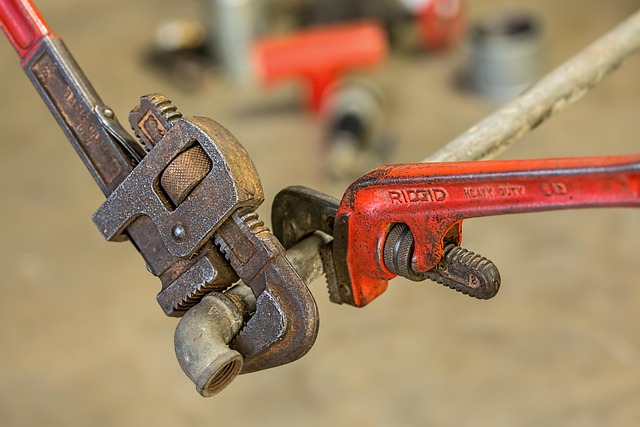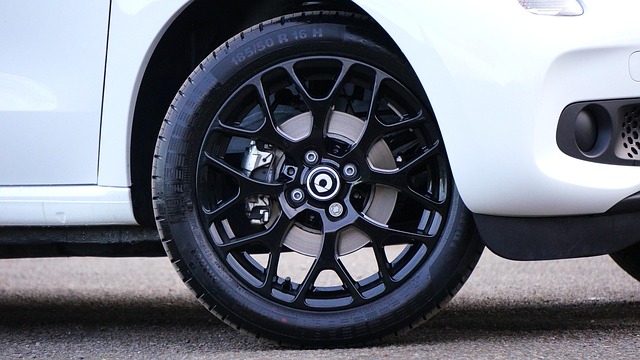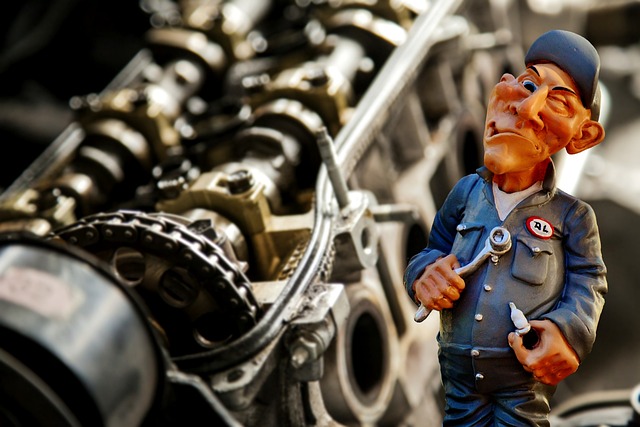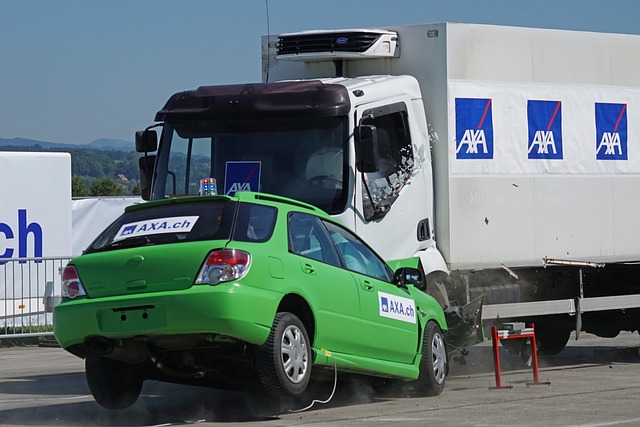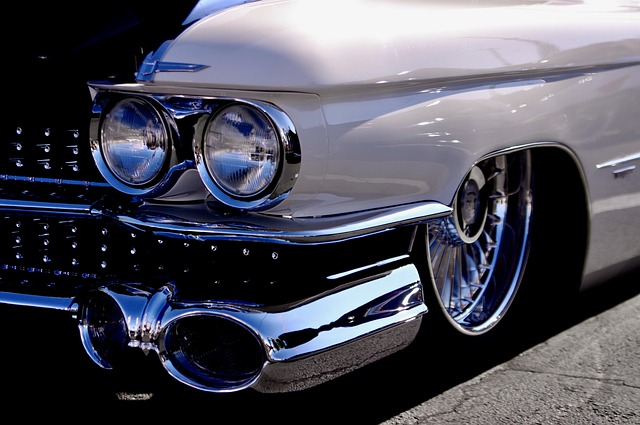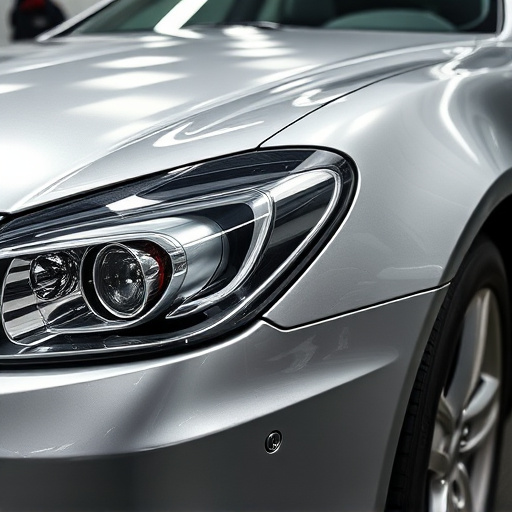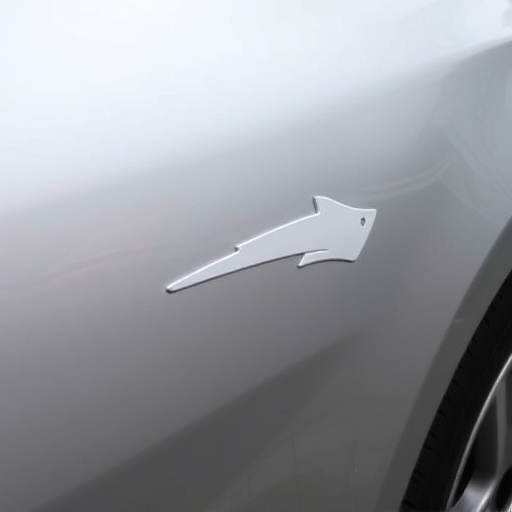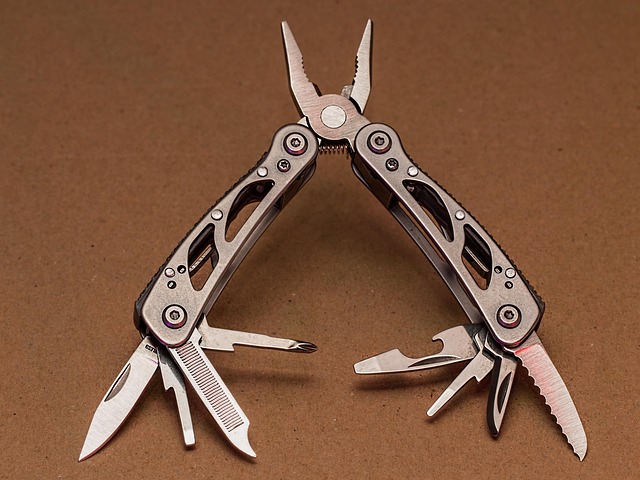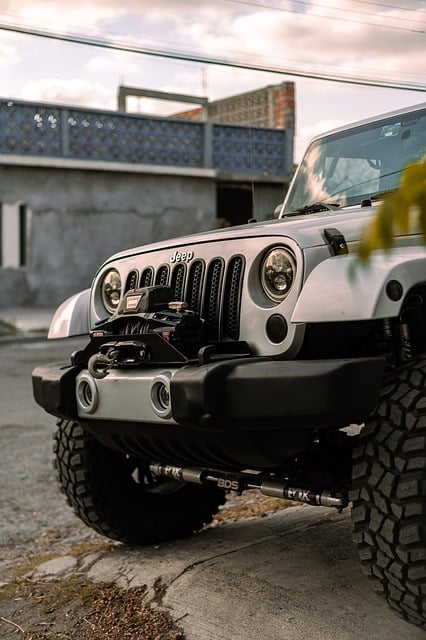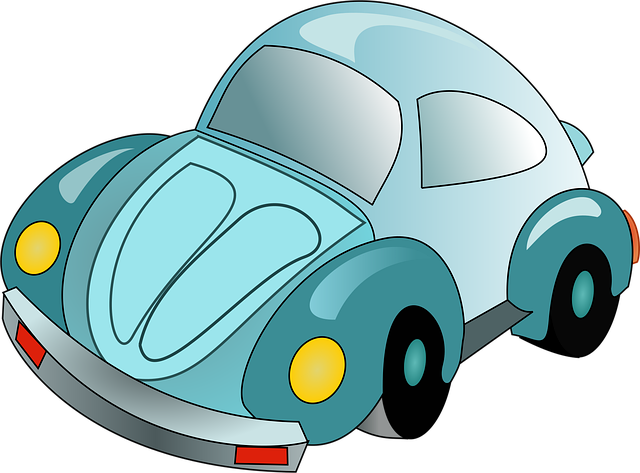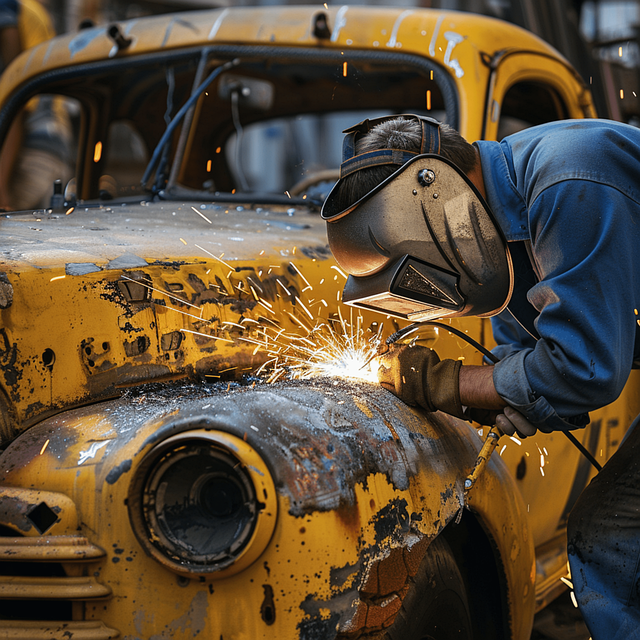Loaner vehicle collision repair is a crucial, specialized process for restoring cars post-accident. It involves skilled technicians assessing, disassembling, and reassembling damaged parts to pre-accident conditions, ensuring both cosmetic restoration and structural integrity. Understanding insurance coverage for loaner vehicles—including deductibles, liability limits, and exclusions—is vital to prepare for potential expenses. Navigating this process requires clear communication, thorough documentation, and research into reputable collision repair services to ensure a smooth, successful outcome.
In the event of a car accident, having a loaner vehicle for repair can be a lifesaver. This comprehensive guide deciphers the intricate world of loaner vehicle collision repair and insurance coverage. We break down what you need to know, from understanding the process to navigating claims. Discover key points about insurance policies, tips for efficient repair management, and more. Whether you’re a driver or an insurer, this article offers valuable insights into loaner vehicle collision repair.
- Understanding Loaner Vehicle Collision Repair: What It Entails
- Insurance Coverage for Loaner Vehicles: Key Points to Know
- Navigating the Process: Tips for Effective Collision Repair and Claim Management
Understanding Loaner Vehicle Collision Repair: What It Entails
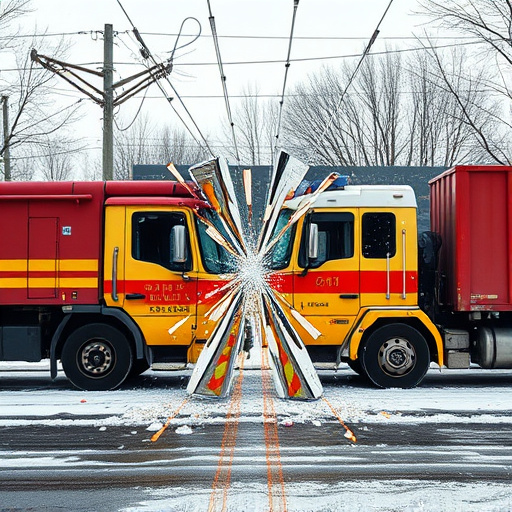
When a vehicle experiences a collision, the process of repairing it involves specialized skills and equipment. Loaner vehicle collision repair is a crucial aspect of this process, ensuring that owners get their cars back in top condition. It entails more than just fixing physical damages; it includes meticulous auto dent repair, intricate automotive collision repair, and careful consideration for any necessary auto maintenance.
The goal is to restore the vehicle to its pre-accident state while ensuring safety and quality. Skilled technicians use advanced tools to assess the damage, disassemble affected parts, replace or repair them as needed, and then meticulously reassemble everything. This comprehensive approach guarantees not just cosmetic restoration but also structural integrity, vital for preventing future issues and ensuring a smooth ride.
Insurance Coverage for Loaner Vehicles: Key Points to Know

When a loaner vehicle is involved in a collision, understanding insurance coverage is crucial for all parties involved. Most auto insurance policies include some form of coverage for loaner vehicles, but the specifics can vary widely. Key points to know include confirming that your policy covers loaner vehicles and understanding the limits of this coverage. This includes checking deductibles, liability limits, and any specific exclusions related to collision repair.
For instance, if you own a Mercedes-Benz and use it as a loaner vehicle, ensuring that your insurance policy adequately covers the cost of auto maintenance and collision repair is essential. Some policies may only cover a portion of the repair costs or have higher deductibles specifically for loaner vehicles. Being aware of these details can help avoid unexpected financial burdens during what can already be a stressful situation.
Navigating the Process: Tips for Effective Collision Repair and Claim Management
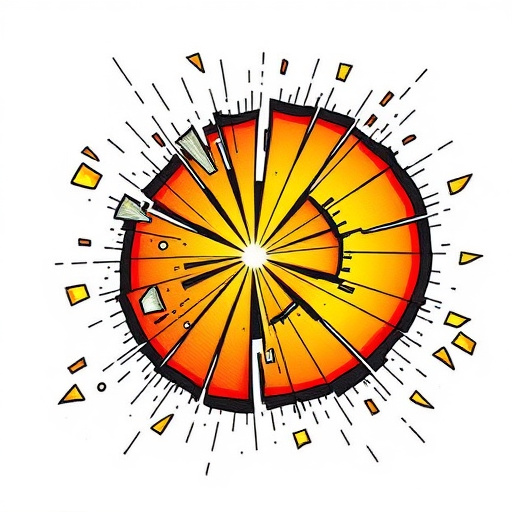
Navigating the process of loaner vehicle collision repair involves several steps and considerations. First, understand your insurance coverage and what’s included in your policy for collision repairs. Many policies offer comprehensive car body restoration services, including the use of a loaner vehicle during the repair period. Once you’ve reviewed your coverage, contact your insurance provider to initiate the claim process. This is crucial as it ensures a smooth experience and prevents any delays.
During the collision repair process, keep detailed records of all communications with your insurer, repair shop, and anyone else involved. It’s also beneficial to take photos of both the damaged and restored vehicle for documentation purposes. Additionally, be sure to inquire about the reputation and expertise of the collision repair services you’re considering, as professional work ensures better vehicle restoration outcomes. Efficient claim management requires clear communication and thorough documentation throughout the loaner vehicle collision repair process.
Loaner vehicle collision repair is a vital service that ensures vehicles are returned to their pre-accident condition. Understanding the process and insurance coverage involved is crucial for effective collision repair management. By familiarizing yourself with key points, such as insurance policies and available tips, you can navigate this complex landscape efficiently. Remember, knowing your rights and options enables smoother repairs and quicker returns to the road – leaving the hassle of accidents in the past.
